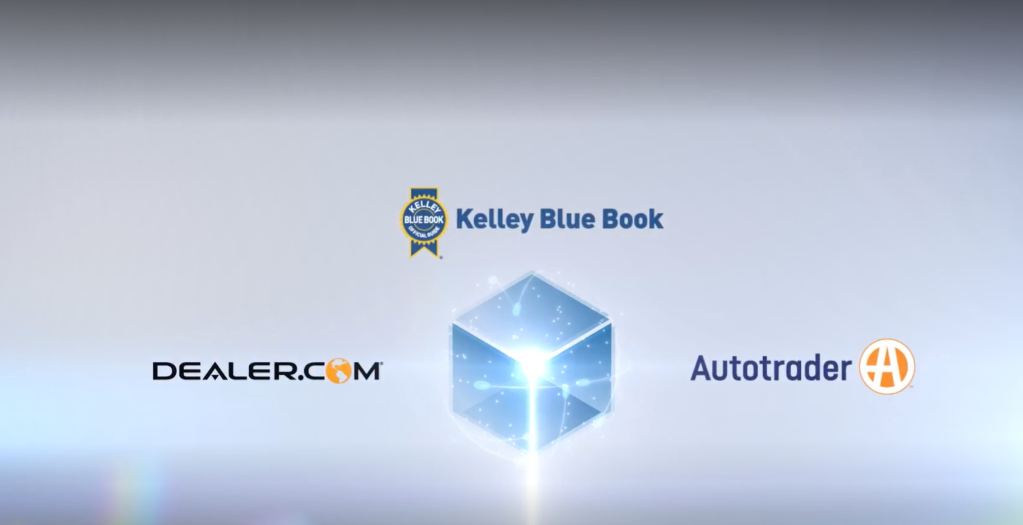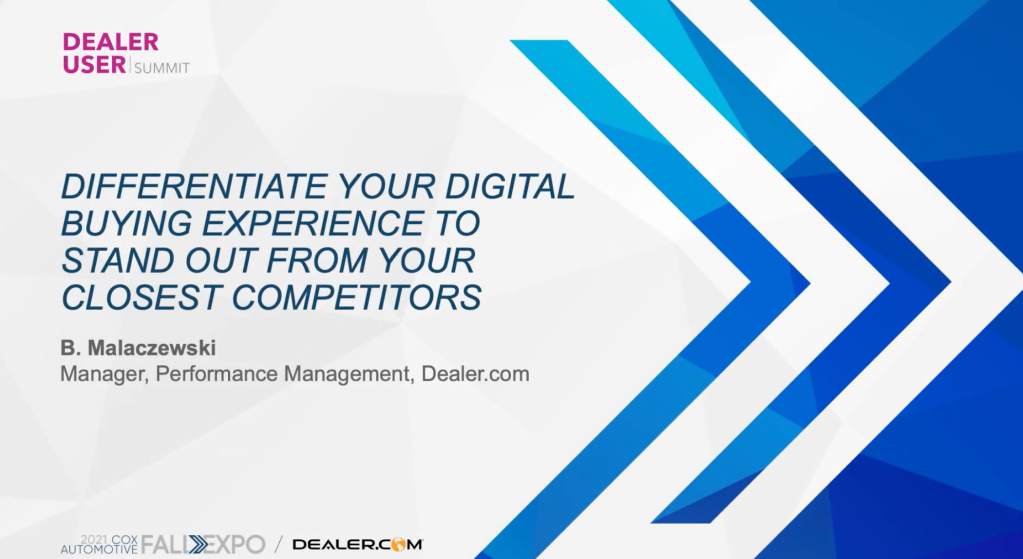Digital retailing is the way of the future for the automotive industry. If your dealership is not implementing digital retailing capabilities during some part of the consumer journey, you could be missing out on leads, and taking money from your own pocket. But not every customer wants the same things from their online experience—they all want options. Our research shows that customers don’t want to follow a prescribed sales process. In fact, 9 of 10 customers prefer a flexible, personalized car buying experience.
However, as the consumer landscape continues shifting, consumers want to do more shopping online. This means dealers must expand their digital retailing offerings to ensure they are not missing out on potential sales. 89% of franchise dealers added at least one digital step in 2020.¹ So if your competition down the road is already adopting digital retailing tools, you’re already missing out.
Whether you are selling cars fully online as the industry bridges towards an eCommerce future or somewhere in between, we have technology at Cox Automotive to help you create a seamless online shopping experience for your consumers.
Digital Retailing VS Ecommerce
There is often confusion when people think about digital retailing and eCommerce. While most people might think they are the same thing, they are different.
Digital retailing helps guide the overall experience for your shopper and saves time for both you and the consumer. Your customers can easily navigate and engage with your website during different stages of their purchasing journey.
The digital retailing process is mostly supported by a member of your dealership staff. For example, the consumer starts the deal online and can take it to a credit app submission, sometimes even a credit decision, but at that point dealership personnel will need to engage with the consumer to walk them through the deal. Digital retailing can help your dealership:
- Increase exposure and reach
- Give you the ability to turn vehicles quicker
- Increase acquisition and inventory capabilities
- Close deals faster – and more profitable deals
- Improve customer satisfaction – and referrals
eCommerce involves a fully digital transaction where the consumer begins the deal online. But the main differentiator is that consumers can complete their purchase steps at their own pace while working through the deal all the way through a digital sign for the vehicle to actual delivery to their front door. This fully digital transaction heavily involves automated F&I automation, not dealership staff. In fact, most dealerships have a sole eCommerce team focused on end-to-end digital transactions.
Dealer.com Digital Retailing Capabilities
When it comes to digital retailing, Kelley Blue Book® My Wallet is the first digital retailing touchpoint consumers can have with your Dealer.com site. Dealers can integrate Kelley Blue Book My Wallet, an intuitive tool designed to improve the shopping to buying journey and drive more quality connections between buyers and sellers, directly on your website. My Wallet gives dealers access to everything from down payment, trade-in, and financing information – the data needed to speed up the deal-making process and get more accurate leads.
1.1 MILLION VISITORS HAVE SYNCED THEIR MY WALLET PROFILE ON DEALER.COM2
80% of consumers think it is a good or great idea to buy entirely online.³ And with Accelerate My Deal, consumers can complete even more steps online, speeding up the deal for everyone. When shoppers enter their information into Kelley Blue Book® My Wallet it’s automatically transferred into the Accelerate My Deal experience. Accelerate My Deal leads on average close at a 48% higher close rate compared to other internet leads helping dealers get more highly qualified leads and boost their profits.⁴ My Wallet gives shoppers a personalized shopping journey and Accelerate My Deal moves the shopper from journey to purchase. To learn more about Accelerate My Deal, check out this guide.
“Digital retailing tools maximize a dealership’s marketing strategy by offering a personalized shopping journey to car buyers who want choices on how they shop with dealerships. Over the past few years this digital transformation really gained momentum as consumers searched for more digital tools that help them shop from the comfort of their home by locating vehicles during our inventory shortage, or providing real-time interest rates which dictate what they can afford. The results of the last few years support the fact that you want a multi-channel approach to be competitive, you can attract a broader range of consumers by offering more ways to start their purchase – and you need to have the right tools for your sales team to create the most convenient way to purchase no matter where your customer started. What I would underscore here is that innovative “tools” are part of the formula, but to avoid restarting the customer you need well-trained people and processes to execute and drive the right outcomes.” Brett Pomerantz, Sr. Director – Enterprise Solutions, Cox Automotive
DID YOU KNOW 70% OF SHOPPERS ARE MORE LIKELY TO BUY FROM A DEALER IF THEY CAN START THE PROCESS ONLINE? ⁵
The new age of automotive retail is here, and consumers desire a streamlined, digital experience. So, to help you meet them where they are, it’s important to take a look at where you are.
Whether you are slow to adopt digital retailing or at full-force adoption, there’s still advantages. And step by step you can shift to the ecommerce future that’s already staring down dealers and pushing them in that direction.
¹ 2020 Digitization of End-to-End Retail-Study
² 1.1 million visitors sync their My Wallet profile
³ 2022 Car Buying Journey Study
⁴ Cox Automotive Product Analytics. Accelerate My Deal Lead to Close Analysis using VinSolutions sales data. Data from Jan 2020-Nov 2020. Analysis performed January 2021
⁵ 2021 Car Buying Journey Study

















